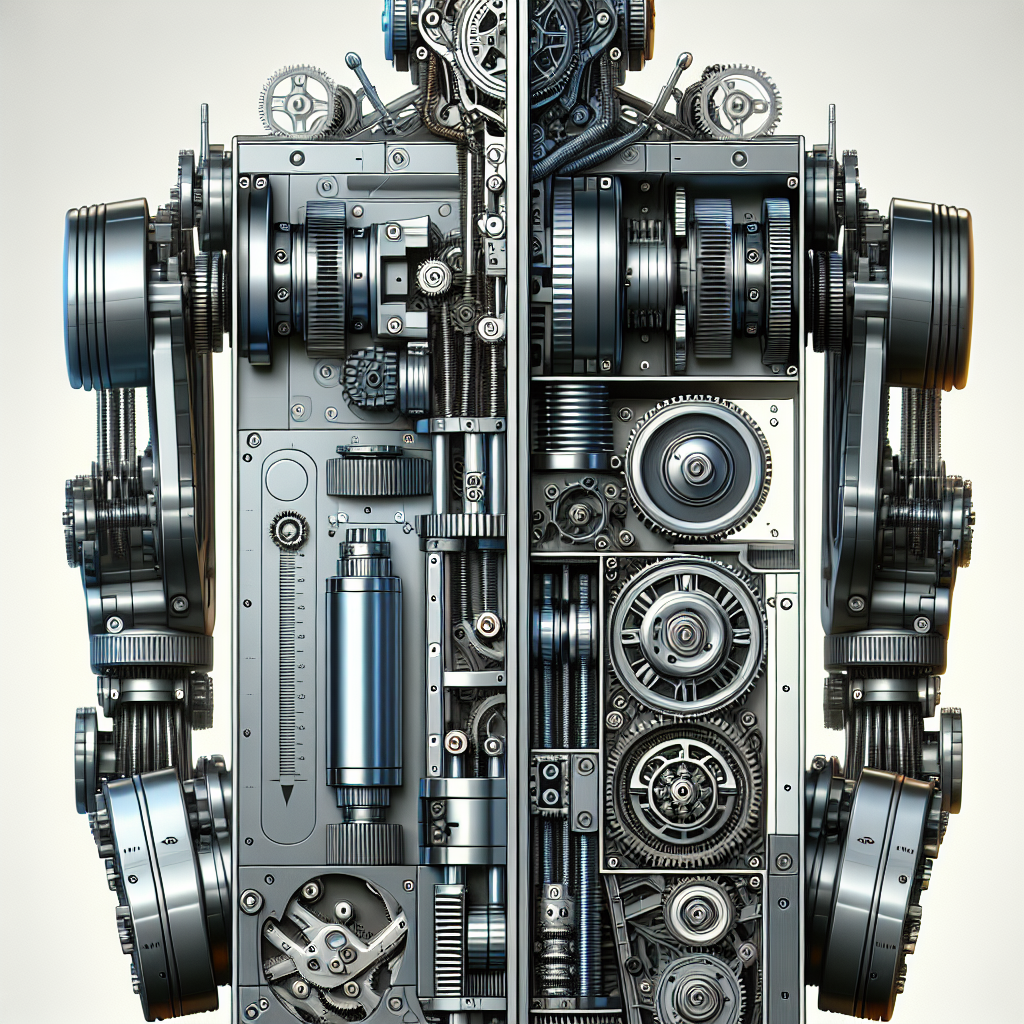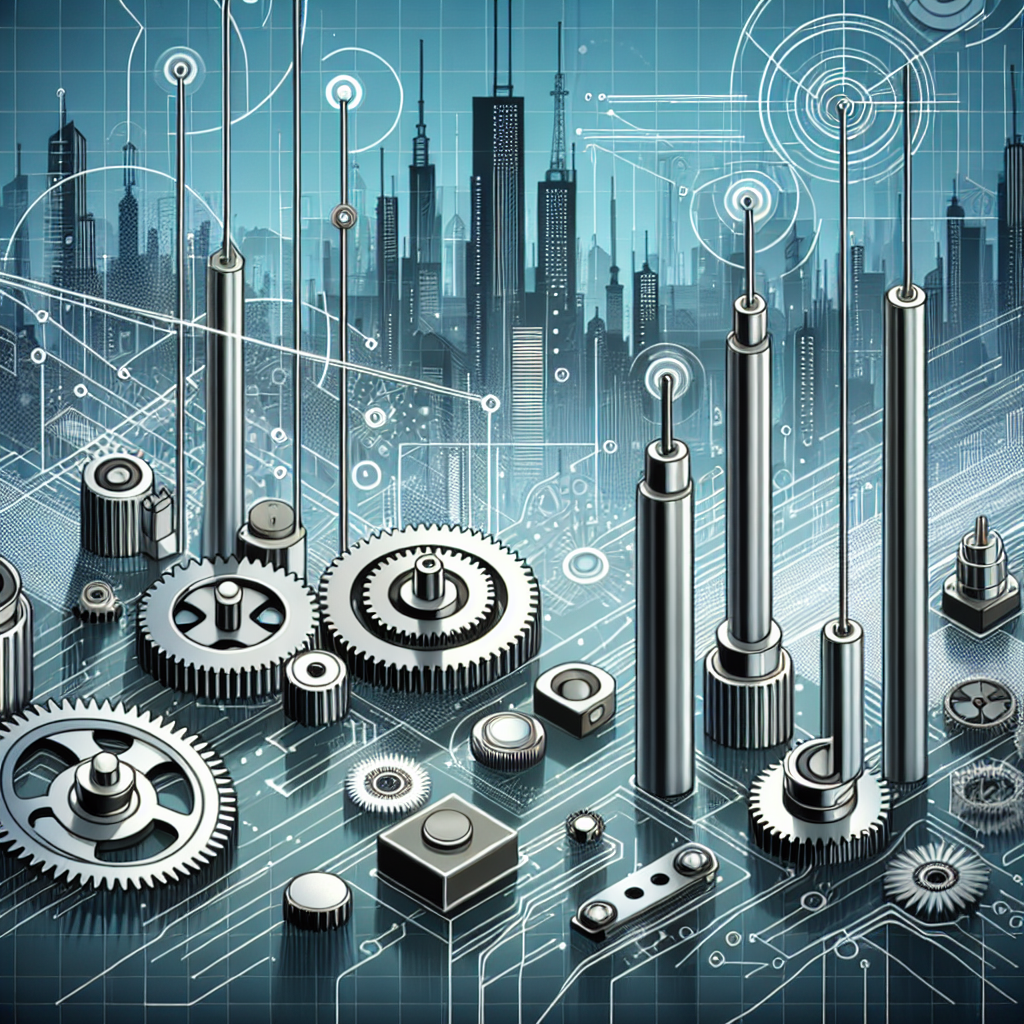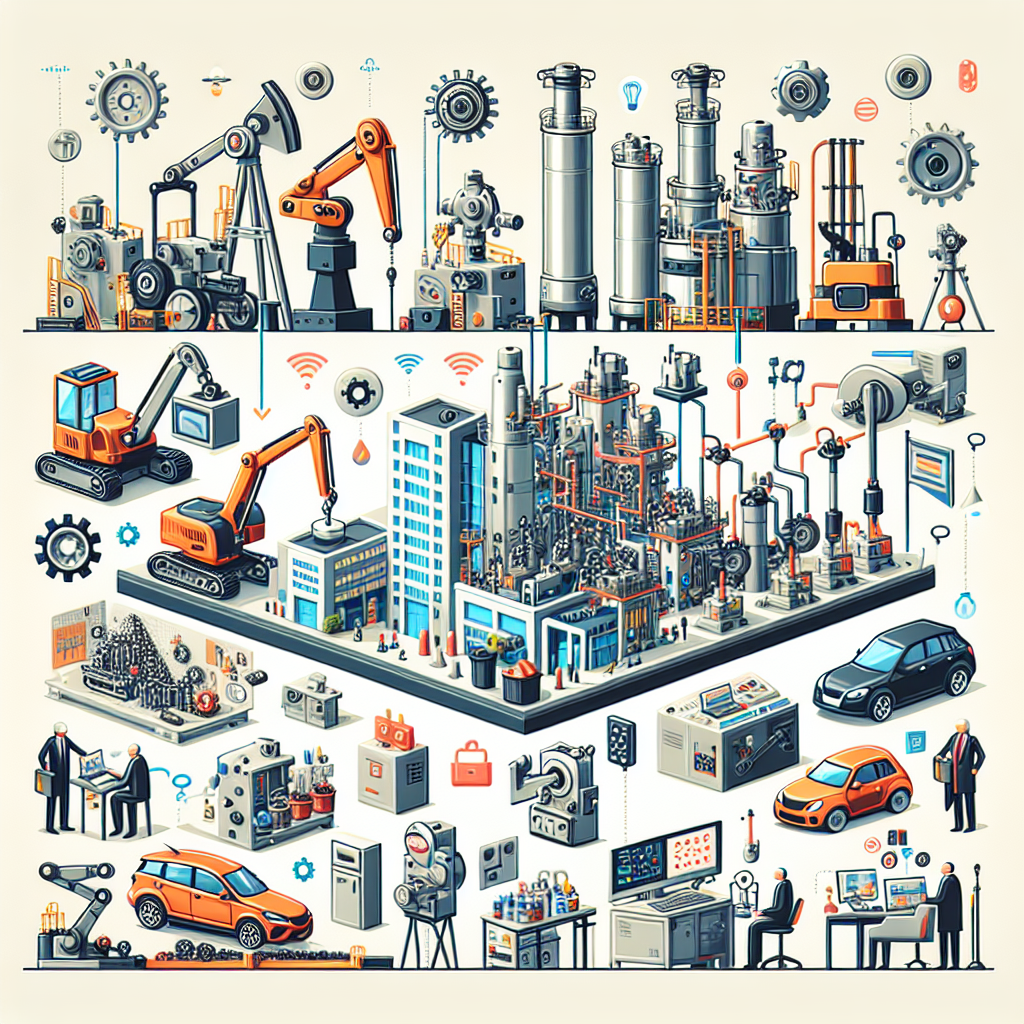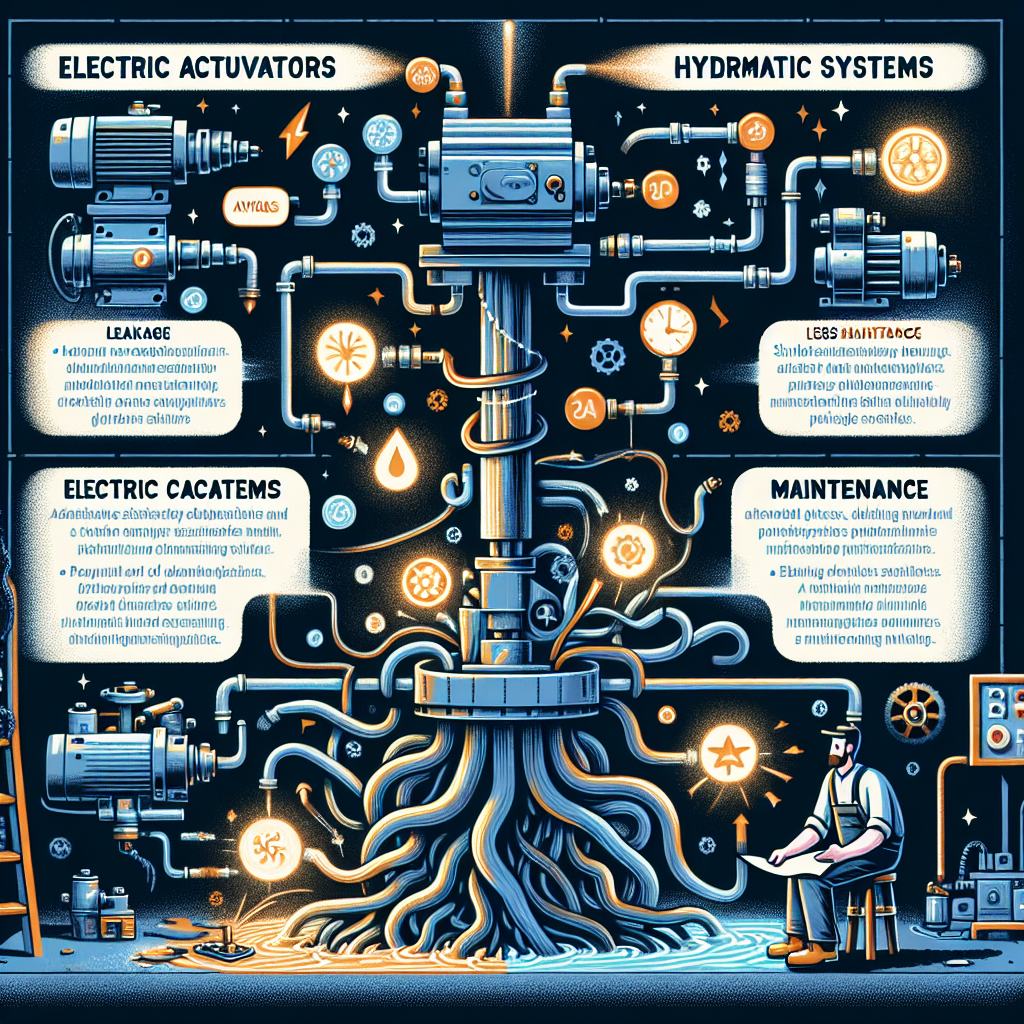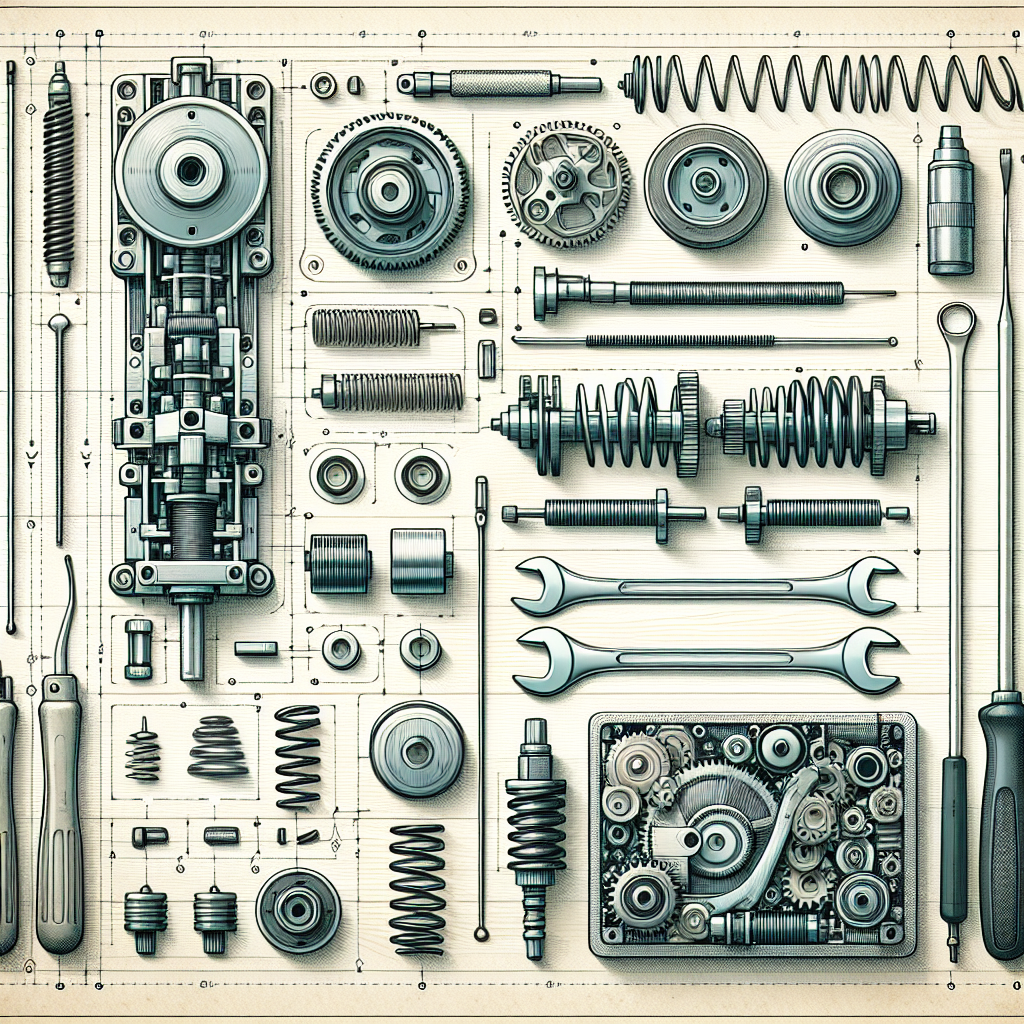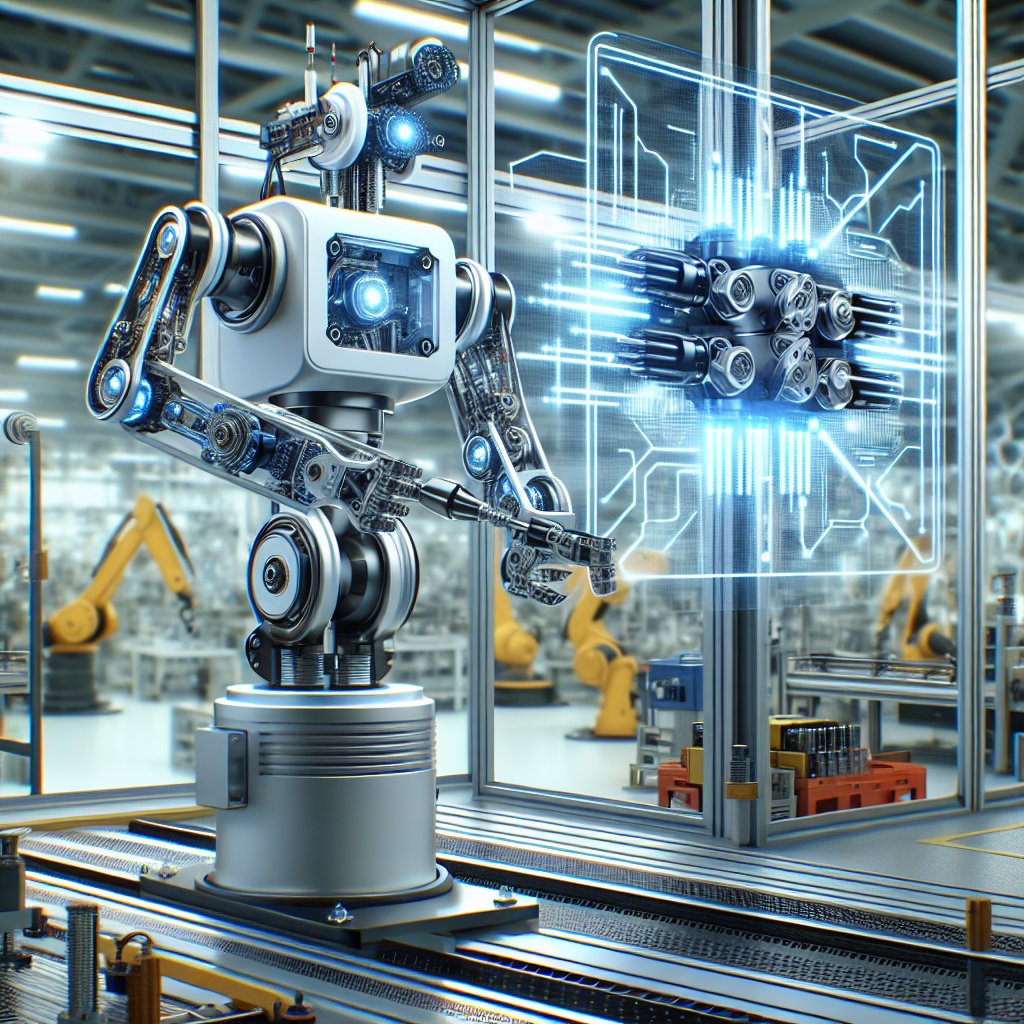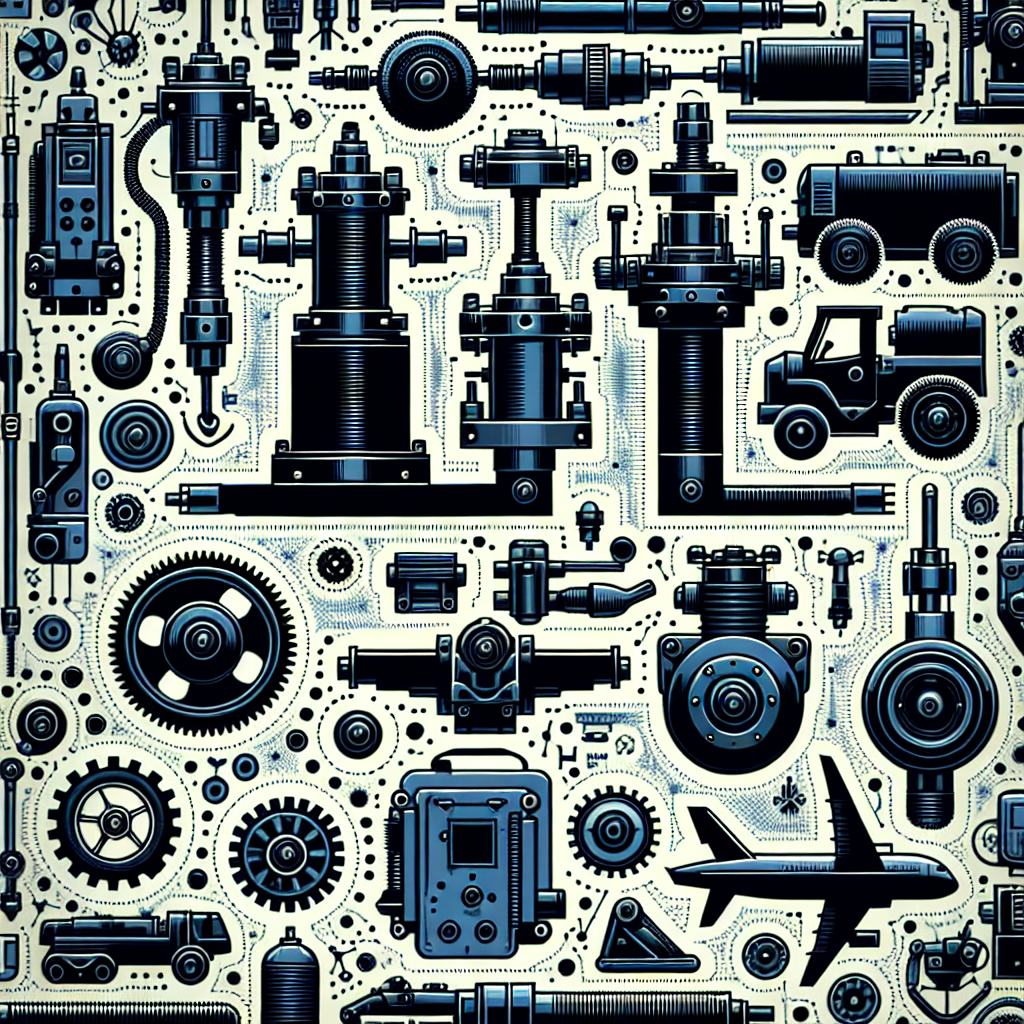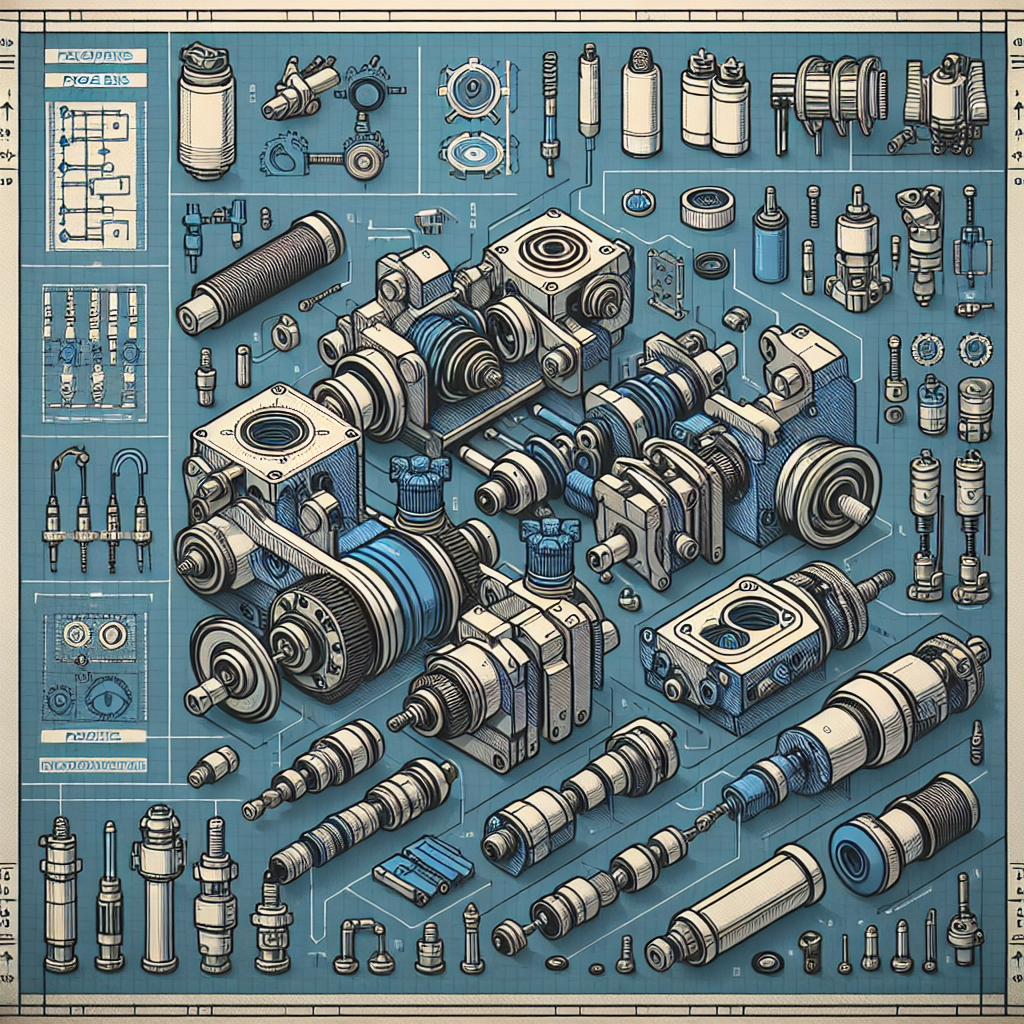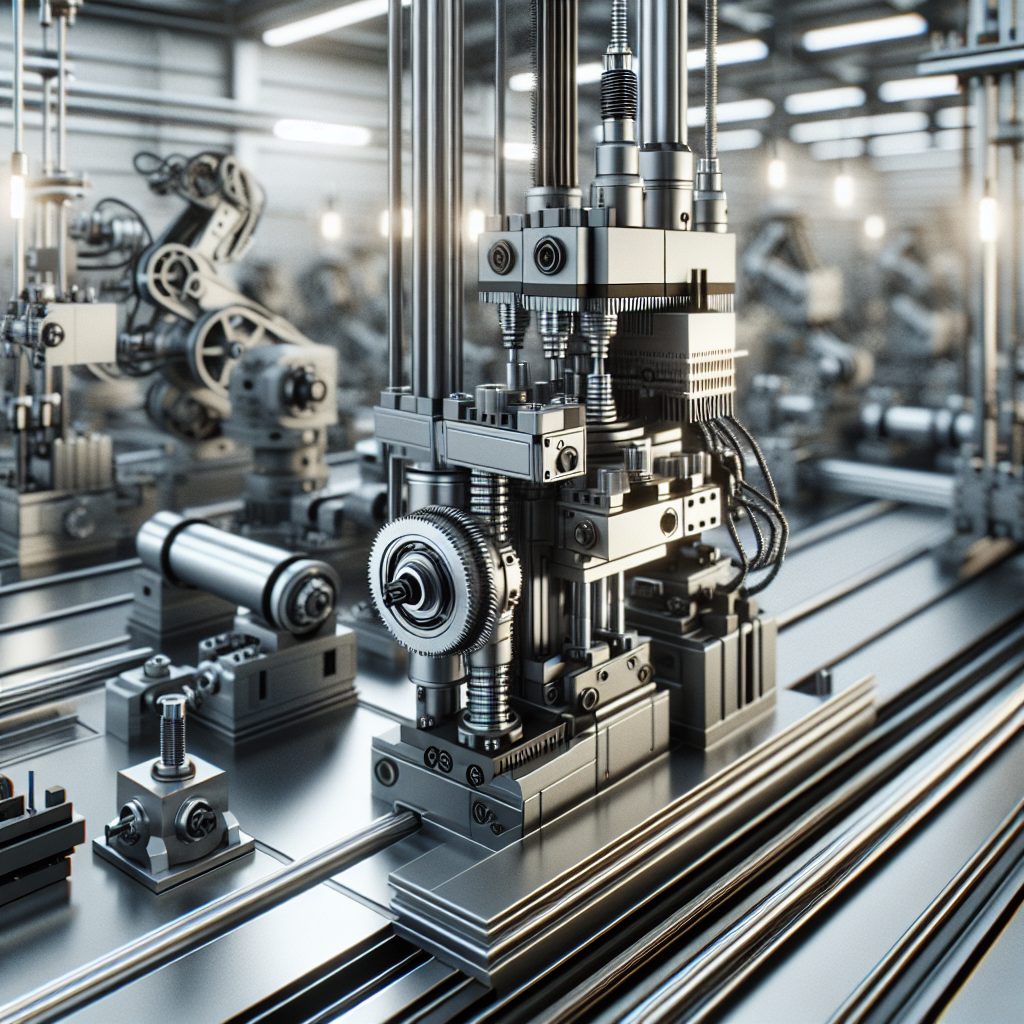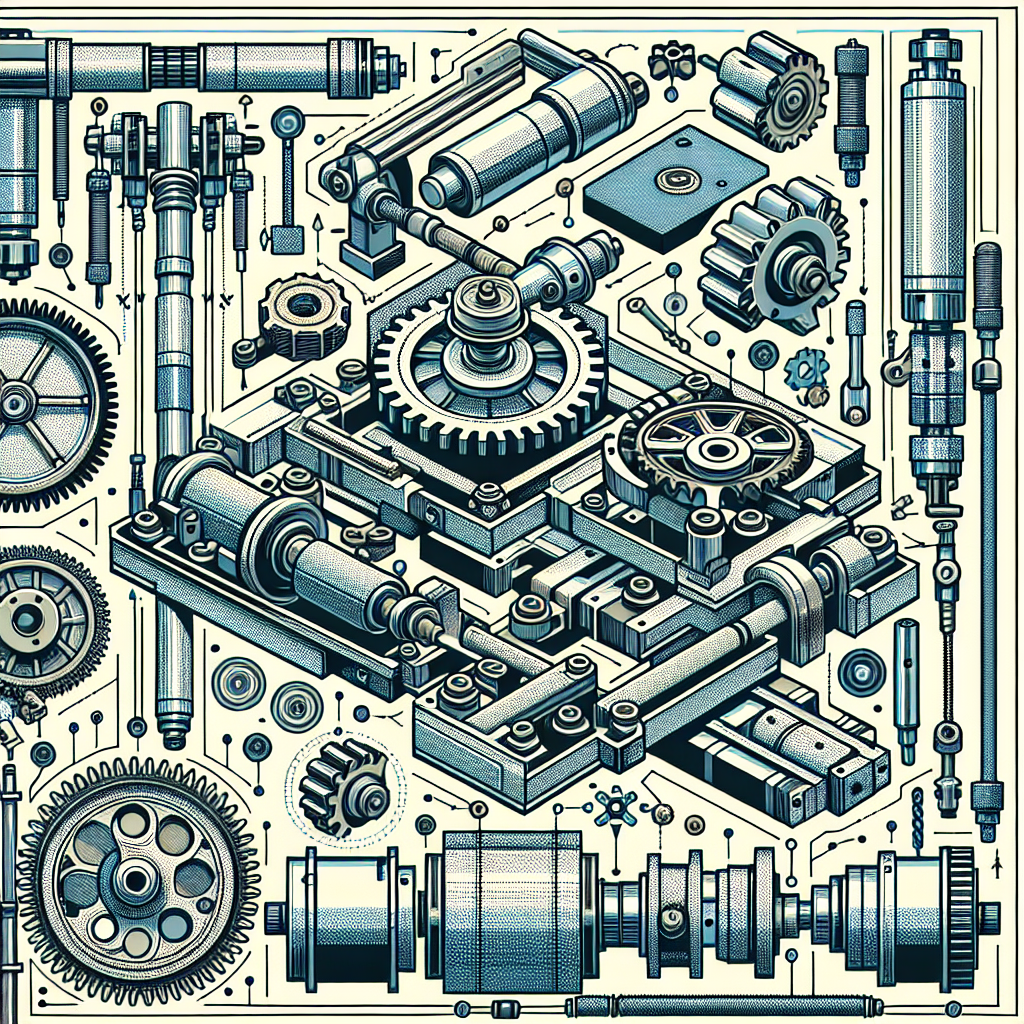Actuators play a crucial role in robotics and automation, serving as the essential components that enable machines to move and perform tasks with precision and efficiency. These devices are responsible for converting electrical signals into mechanical motion, allowing robots to interact with their environment and carry out a variety of functions.
One of the key reasons why actuators are so important in robotics and automation is their ability to provide controlled and precise movement. By controlling the speed, direction, and force of the motion, actuators allow robots to perform tasks with accuracy and consistency. This is essential in applications where precision is critical, such as in manufacturing processes or medical procedures.
Actuators also play a vital role in enhancing the flexibility and versatility of robots. With the ability to move in multiple directions and adjust their position as needed, robots equipped with actuators can adapt to different tasks and environments. This flexibility makes them suitable for a wide range of applications, from assembly lines to search and rescue operations.
In addition to movement, actuators are also essential for enabling robots to interact with their surroundings. By controlling grippers, arms, and other mechanisms, actuators allow robots to pick up objects, manipulate tools, and perform complex tasks. This capability is particularly valuable in industries such as logistics and warehousing, where robots are used to handle materials and goods.
Furthermore, actuators are crucial for improving the efficiency and productivity of automated systems. By automating repetitive tasks and reducing the need for human intervention, actuators help to streamline processes and increase output. This not only improves the overall efficiency of operations but also frees up human workers to focus on more complex and value-added tasks.
Overall, actuators play a vital role in the field of robotics and automation, enabling machines to move, interact, and perform tasks with precision and efficiency. As technology continues to advance, the demand for high-performance actuators will only continue to grow, driving innovation and progress in the field of robotics. By understanding the importance of actuators and their role in automation, we can harness their potential to create smarter, more capable robots that can revolutionize industries and improve our lives.
